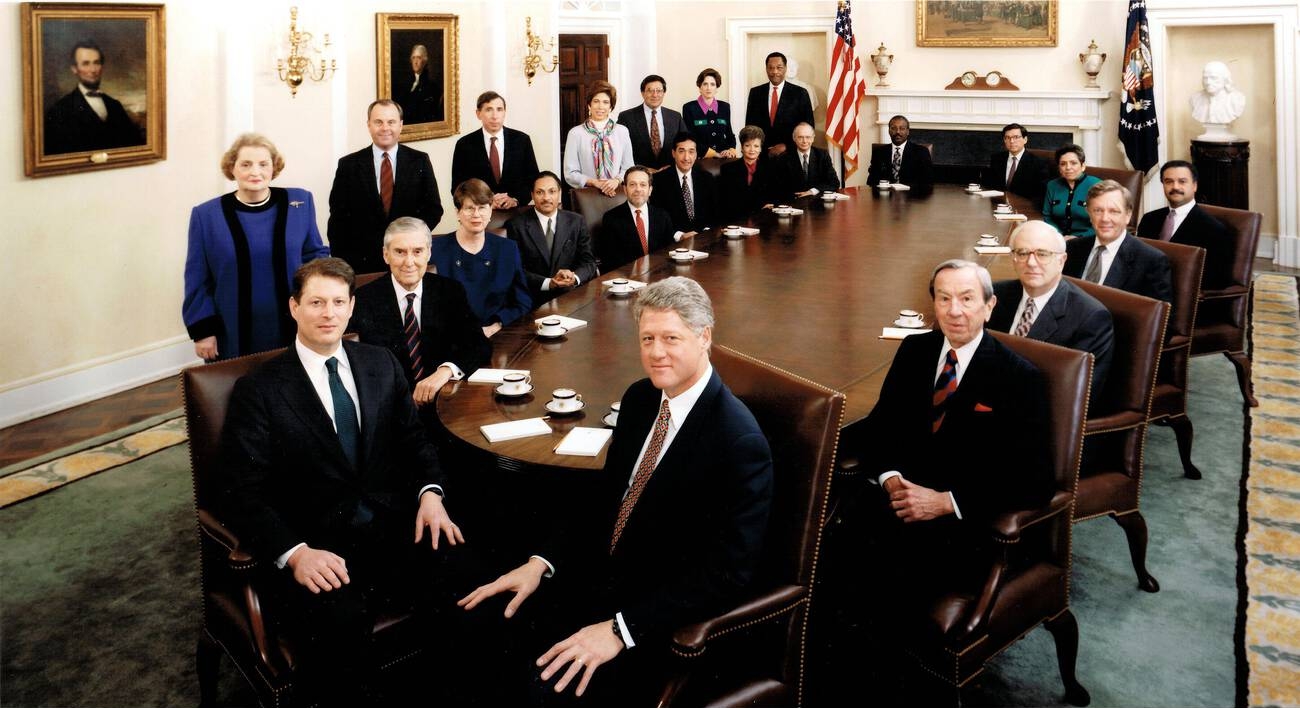Alcohol is more harmful than heroin or crack, according to a study published in medical journal the Lancet.
The report is co-authored by Professor David Nutt, the former UK chief drugs adviser who was sacked by the government in October 2009.
It ranks 20 drugs on 16 measures of harm to users and to wider society.
Gavin Partington, of the Wine and Spirit Trade Association, said alcohol abuse affected "a minority" who needed "education, treatment and enforcement".
The study also said tobacco and cocaine are judged to be equally harmful, while ecstasy and LSD are among the least damaging.
Harm score
Prof Nutt refused to leave the drugs debate when he was sacked from his official post by the former Labour Home Secretary, Alan Johnson.
He went on to form the Independent Scientific Committee on Drugs, a body which aims to investigate the drug issue without any political interference.
One of its other members is Dr Les King, another former government adviser who quit over Prof Nutt's treatment.
Members of the group, joined by two other experts, scored each drug for harms including mental and physical damage, addiction, crime and costs to the economy and communities.
study involved 16 criteria, including a drug's affects on users' physical and mental health, social harms including crime, "family adversities" and environmental damage, economic costs and "international damage".
The modelling exercise concluded that heroin, crack and methylamphetamine, also known as crystal meth, were the most harmful drugs to individuals, but alcohol, heroin and crack cocaine were the most harmful to society.
When the scores for both types of harm were added together, alcohol emerged as the most harmful drug, followed by heroin and crack.
'Valid and necessary'The findings run contrary to the government's long-established drug classification system, but the paper's authors argue that their system - based on the consensus of experts - provides an accurate assessment of harm for policy makers.
"Our findings lend support to previous work in the UK and the Netherlands, confirming that the present drug classification systems have little relation to the evidence of harm," the paper says.
"They also accord with the conclusions of previous expert reports that aggressively targeting alcohol harms is a valid and necessary public health strategy."
In 2007, Prof Nutt and colleagues undertook a limited attempt to create a harm ranking system, sparking controversy over the criteria and the findings.
The new more complex system ranked alcohol three times more harmful than cocaine or tobacco. Ecstasy was ranked as causing one-eighth the harm of alcohol.
It also contradicted the Home Office's decision to make so-called legal high mephedrone a Class B drug, saying that alcohol was five times more harmful. The rankings have been published to coincide with a conference on drugs policy, organised by Prof Nutt's committee.
'Extraordinary lengths'Prof Nutt told the BBC: "Overall, alcohol is the most harmful drug because it's so widely used.
"Crack cocaine is more addictive than alcohol but because alcohol is so widely used there are hundreds of thousands of people who crave alcohol every day, and those people will go to extraordinary lengths to get it."
He said it was important to separate harm to individuals and harm to society.
The Lancet paper written by Prof Nutt, Dr King and Dr Lawrence Phillips, does not examine the harm caused to users by taking more than one drug at a time.
Mr Partington, who is the spokesman for the Wine and Spirit Trade Association, said millions of people enjoyed alcohol "as part of a regular and enjoyable social drink".
"Clearly alcohol misuse is a problem in the country and our real fear is that, by talking in such extreme terms, Professor Nutt and his colleagues risk switching people off from considering the real issues and the real action that is needed to tackle alcohol misuse," he said.
"We are talking about a minority. We need to focus policy around that minority, which is to do with education, treatment and enforcement."
A Home Office spokesman said: "Our priorities are clear - we want to reduce drug use, crack down on drug-related crime and disorder and help addicts come off drugs for good."


